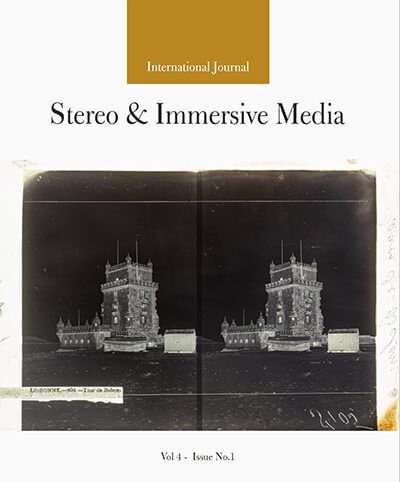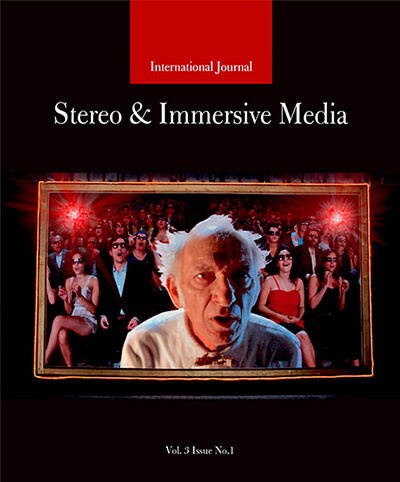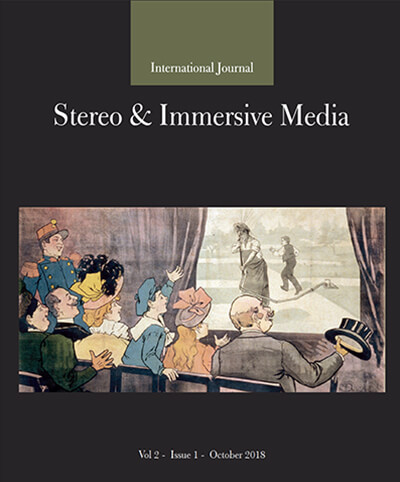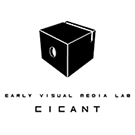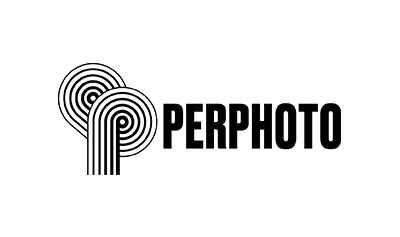Manuscript Guidelines
Once your article is received, it is verified against submission requirements. Your identity and contact details are then removed, and the article is matched to two appropriate reviewers and sent for review.
When reviewer reports are received, you will be notified by email. If your article has been accepted, you will be asked to submit a final copy of your article. If your paper is accepted with revisions, you will be asked to submit a change note with your final submission, explaining how you revised your article in light of the reviewers’s comments.
Manuscript guidelines
These are the recommended guidelines for full paper submissions.
- Manuscripts must have a minimum length of 2500 words and a maximum length of 6000 words (including title, abstract, figures, tables, footnotes, bilbiography and annexes).
- Only word or RTF document files are accepted.
Formatting
- Standard formatting of 12-point font, 1.5-spaced, Times New Roman, 2.54 cm (1.0 inch) margins should be used throughout. Use of italics is preferred to underlining. Notes should be converted to footnotes.
- Page numbers should be added on the top right corner (header) on every page.
First Page
- Title: it should be written in Times New Roman 12, italics, bold, upper case, justified. It should not be longer than two lines. Should there be quotes or other expressions that justify it, they should always appear between straight quotation marks.
- Sub-title (optional): should there be a sub-title, it should be written in Times New Roman 12, italics, bold, upper case, justified. It should not be longer than two lines. Should there be quotes or other expressions that justify it, they should always appear between straight quotation marks.
- Abstract: under 170 words and under 1000 characters in standard formatting (the abstract must also be inserted in the abstract text field during submission).
- Keywords: 5-7 keywords in Times New Roman 12, italics, single space, justified.
Page at End of Main Text
Bibliography: References should be formatted according to most current APA style; references should start on a new page, be doubled-spaced and subsequent lines should have hanging indent of 1.25 cm (0.5 inch).
Examples:
Huhtamo, E., & Parikka, J. (2011). Media Archaeology: Approaches, Applications, and Implications. Berkeley, CA & London: University of California Press.
Siapera, E. (2014). Diasporas and new media: Connections, identities, politics and affect. Crossings: Journal of Migration & Culture, 5(1), 173-178.
Schwartz, V. (1995). Cinematic spectatorship before the apparatus: The public taste for reality in fin-de-siècle Paris. In L. Williams (Ed.), Viewing Positions: Ways of Seeing Film(pp. 87-113). New Brunswick, NJ: Rutgers University Press.
In uncovered aspects the manuscript must be formatted in accordance with the 6th edition of APA (Publication Manual of the American Psychological Association, see http://www.apastyle.org/).
Originality
Questions concerning originality and publishing history must be addressed in “Comments” field.
Attachments
- Manuscripts may be accompanied by attachment files. In the case of materials produced by others, these are accepted under the condition that all applicable permissions were obtained by the author(s).
- Attachments should be numbered in order of appearance in the article.
- Graphics should be in JPEG, GIF, PNG, or TIFF format.
- Audio excerpts should be in MP3, or WAV format.
- Video excerpts should be in MPEG, AVI, or WMV format.

